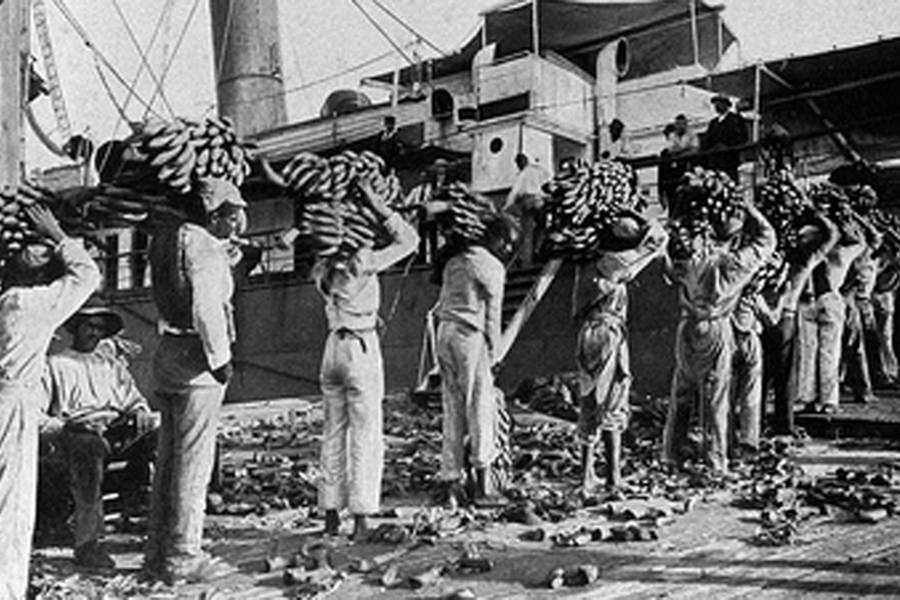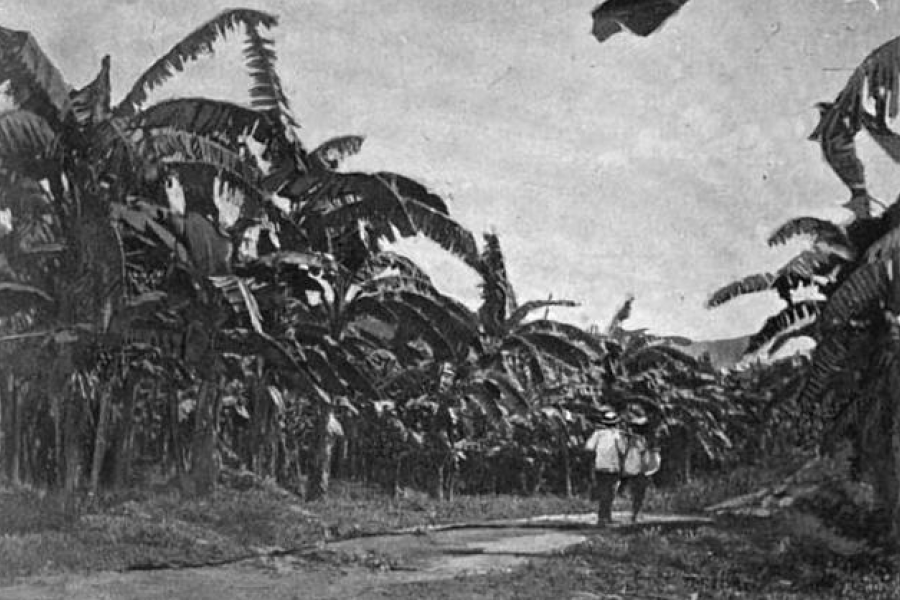The global banana trade, currently a multibillion dollar industry, has its roots in Portland and St. Thomas. The originators of the banana trade were American sea captains George Busch and later Lorenzo Dow Baker of the 85-ton Telegraph, who arrived in 1870. These two established a lucrative two-way trade, bringing saltfish (cod), shoes, and textiles from New England, where they found the bananas sold at a handsome profit. Baker was the most successful of the early banana shippers; he eventually formed the Boston Fruit Company in 1899, which later became the United Fruit Company of New Jersey and went on to control much of the fruit's production in the Americas.
As refrigerated ships came into operation in the early 1900s, England slowly took over from the United States as the primary destination, thanks to tariff protection that was only recently phased out. With the establishment of the Jamaica Banana Producers' Association in 1929, smallholder production was organized, a cooperative shipping line established, and the virtual monopoly held by United Fruit was somewhat broken. In 1936 the association became a shareholder-based company rather than a cooperative due to near-bankruptcy and pressure from United Fruit. It was perhaps this example of organized labor that gave Marcus Garvey the inspiration for a shipping line to serve the black population in the diaspora and bring commerce into its hands.
In the 1930s, Panama disease virtually wiped out the Jamaican banana crop, hitting small producers especially hard. Banana carriers and dockworkers were at the fore of the labor movements of 1937 1938, which led to trade unions and eventually the establishment of Jamaica's political parties.


